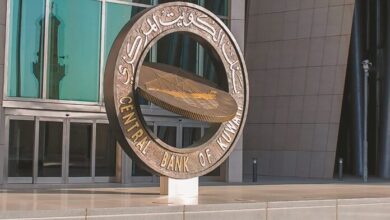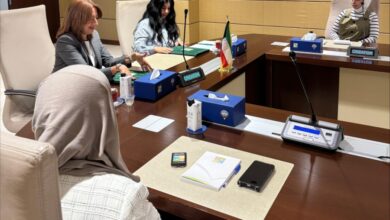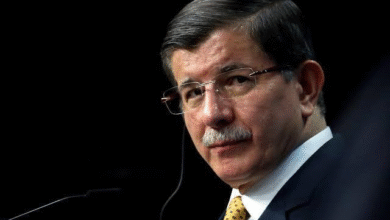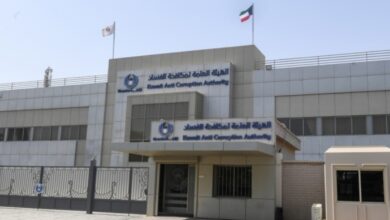From ‘B-2 Spirit stealth’ genius to convicted spy; rise and fall of India-born Noshir Gowadia
His story remains a chilling reminder of how brilliance, when coupled with disloyalty, can lead not to triumph — but to disgrace.
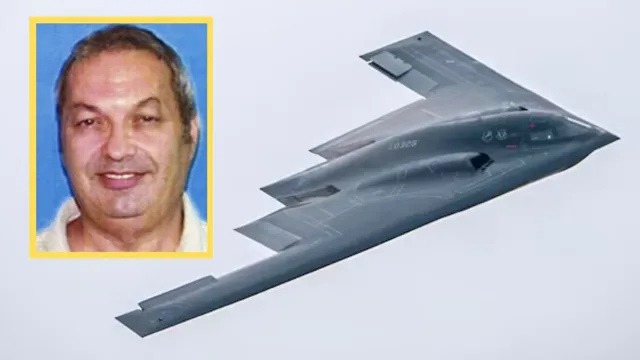
In one of the most remarkable cases of betrayal in American defense history, Indian-born aerospace engineer Noshir Sheriarji Gowadia, once celebrated as a mastermind behind the U.S. B-2 Spirit stealth bomber, was sentenced to 32 years in prison for selling military secrets to foreign powers, including China.
Born in Mumbai in 1944, Gowadia immigrated to the United States at age 19 and became a citizen in 1969. The following year, he joined defense contractor Northrop (now Northrop Grumman), where he played a pivotal role in one of the most classified military programs of the Cold War era. Employed under the clandestine “Blueberry Milkshake” program, Gowadia spent nearly two decades refining the infrared-suppressing exhaust system for the B-2 stealth bomber.
This breakthrough in thermal signature reduction was key to making the B-2 virtually invisible to radar and heat-seeking missiles. “The whole geometry came from me,” Gowadia once claimed, a statement that underscores his integral role in building a bomber capable of flying 10,000 nautical miles with a single refueling and delivering both nuclear and conventional payloads.
Gowadia left Northrop in 1986, citing health issues, and soon launched his own defense consulting firm. However, after losing his security clearance in 1997 and facing mounting financial trouble —particularly following the purchase of a $3.5 million luxury villa in Maui — he took a dark turn.
In 2003, Gowadia began secretly collaborating with the Chinese government. Using encrypted emails, false identities, and traveling to cities like Chengdu and Shenzhen, he handed over classified propulsion designs for stealth cruise missiles. These designs, modeled on the B-2’s radar-evading capabilities, were pivotal to China’s military ambitions. In exchange, Gowadia received at least $110,000, much of which was used to settle personal debts.
On October 13, 2005, FBI agents raided Gowadia’s estate in Hawaii, uncovering over 500 pounds of classified materials, including blueprints, hard drives, shipping documents, and encrypted communications. Evidence showed that Gowadia had attempted to illegally export restricted defense technology.
In custody, Gowadia admitted: “On reflection, what I did was espionage and treason because I shared military secrets with the PRC.”
He was charged under the Espionage Act and the Arms Export Control Act, among others. Despite his defense claiming the shared data was declassified, U.S. District Judge Susan Oki Mollway found otherwise. In 2011, Gowadia was convicted on 14 of 17 charges, including conspiracy, money laundering, and unauthorized disclosure of national defense information, and was sent to USP Florence ADMAX, the U.S.’s most secure prison.
Ironically, the technology Gowadia once helped develop continues to shape U.S. military dominance. In June 2025, during Operation Midnight Hammer, seven B-2 bombers launched a precision strike on Iran’s fortified nuclear sites at Fordow, Natanz, and Isfahan. The mission, carried out without a single refueling stop, underscored the enduring power of the stealth systems Gowadia once helped perfect—before he chose betrayal over patriotism.
His story remains a chilling reminder of how brilliance, when coupled with disloyalty, can lead not to triumph — but to disgrace.









